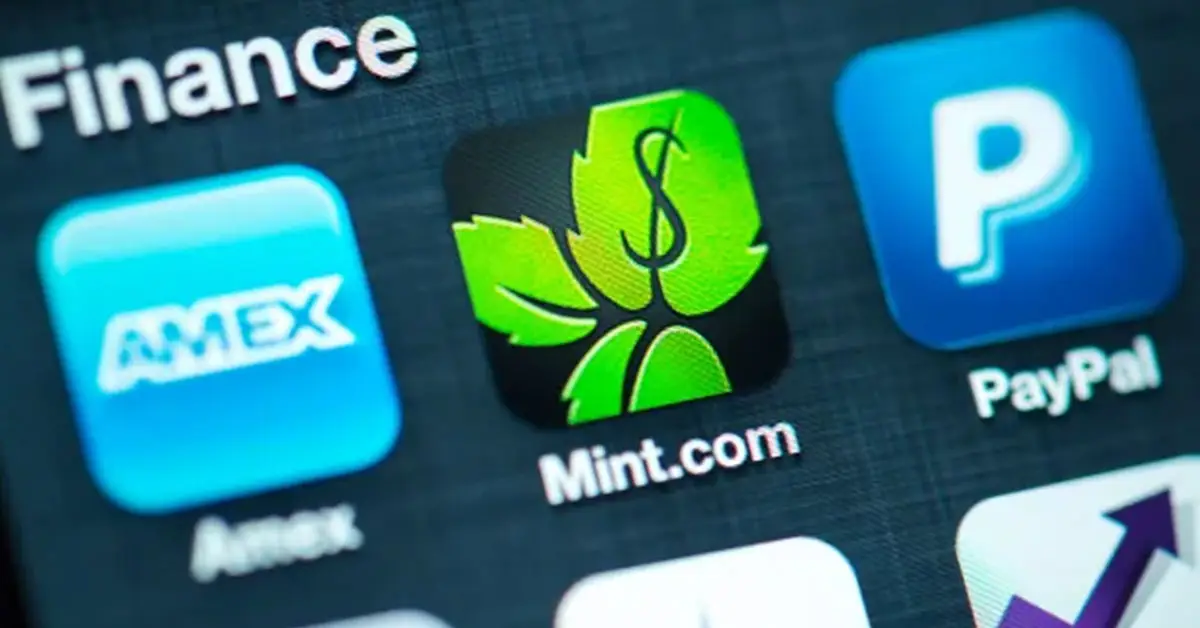As you may have already heard, Mint, a budgeting app acquired by Intuit in 2009, is shutting down come January 1, 2024. Mint showed users an overview of their financial well-being by displaying the current status of multiple linked accounts on one screen. Users could track spending and savings, create customized budgets, and keep track of bills. Mint also negotiated better deals on behalf of its customers.
This closure of Mint.com has left dedicated users grappling with what to do next. Is there another app comparable to Mint? And curious minds want to know, what happened?
First, let's address the question of what happened to Mint:
Trusted sources in the financial sector report that mere weeks after Fidelity Investments cut off the supply of screen-scraped data that had powered the company to the heights of data aggregation, Intuit announced the closure of Mint. A double whammy was that along with no longer allowing screen scraping, Fidelity Investments referred Intuit to a data purveyor that adds a surcharge and ensures only pertinent data is provided, so scrapers can't gather other resalable data.
Fidelity shut down screen scraping for a host of reasons related to cyber security. Screenscrapers gained unfettered access – with retail investors handing over login credentials – to ancillary investor data that may have had even greater value than bank or brokerage data.
Fidelity may also have disliked screen scraping from a purely business standpoint, says Val Agostino, former Mint product manager and now co-founder and CEO of Monarch Money.
“Mint has always used its data for ad targeting,” he says. "That may be as basic as ‘If the customer has a Fidelity account, present them with a Schwab offer,’ so the financial institutions obviously don’t love that."
He adds: “There was also interest from data brokers in buying Mint’s transaction data, but I don’t know if Intuit ever sold the data in this fashion or not.
"We didn’t sell the data in this manner. But I left Intuit in 2010, six months after the acquisition.”
A slew of other anti-screen scraping initiatives, including an imminent ruling from the federal Consumer Financial Protection Bureau (CFPB) also likely made Intuit feel Mint.com's days were numbered after a 16-year data windfall.
What should Mint users do now?
Intuit is doing its best to get Mint users to seamlessly switch to Credit Karma, which Intuit owns. On learning of the demise of Mint, dozens of advisors took to the social site, "X," (formerly Twitter) to mourn its passing. They also shared tips about replacements, ranging from a return to Excel spreadsheets to newer subscription software firms aiming to fill the Mint gap.
Mom-and-Pop Mint users took to Reddit in droves as well, to also express their frustration at its closure.
Intuit declined to answer whether Fidelity’s anti-scraping rule sped up Mint’s end. It also declined to comment on Mint’s business model or the functionality of Credit Karma for budgeting.
The MoneyThumb solution:
If you happen to already be a Quicken user, then converting Mint data to Quicken is a breeze with MoneyThumb's Mint2QIF Conversion Software. If you aren't familiar with Quicken, it is a desktop application which you install locally on your Windows or Macintosh computer. It's the “granddaddy” of personal finance software, appearing first for MS-DOS and Apple II back in 1983. Times have changed, and now Quicken has multiple versions of its application — from Windows and Mac to apps for the iPhone, iPad, and Android. Quicken's desktop software can sync up with the mobile app. Quicken can help you keep track of your money, pay bills, and set — and — keep budgets. It can even help you manage your investments and — in a new feature — track the value of your home.
However, since neither Quicken nor Mint lets you convert a CSV file to QIF to make the file readable by Quicken, you will need to use a separate app, which is where MoneyThumb comes in. Below we have listed some of the main features.
Mint to QIF – Mint to Quicken converter using .qif format.
Extracts transactions from Mint transaction downloads and converts them into QIF format for import into Quicken.
- Friendly Interface: Simple-to-use screens guide you through tasks
- One-Step Conversions: Just a click of the button converts CSV files from Mint
- Converts all Mint accounts into a single QIF file for import into Quicken or other personal finance software
- Smart Algorithms: Conversion brings over Mint categories, labels, and notes
- Data Security: Runs on desktop without direct access to financial accounts
For help converting Mint to Quicken using the MoneyThumb applications, follow these in-depth guidelines. You can also have all your questions answered about Mint2qif by following this link.
If for some reason you would rather use another accounting system rather than Quicken that provides a similar budget service, there are other accounting systems that read QIF format. Below are a few of the top favorites:
-
- GnuCash
- You Need A Budget
- The Infinite Kind: Moneydance
- Xero
- Kashoo
Hopefully, the above information has helped our readers discover what happened to Mint and what to do next. MoneyThumb does seem like to easiest and smartest solution, in our book. If you have any questions please don't hesitate to ask below or contact our customer support team.
Sources
- https://www.nytimes.com/2023/11/03/business/mint-app-closing-intuit.html
- https://www.theverge.com/23943479/mint-intuit-quicken-budget-apps
- https://www.forbes.com/advisor/banking/mint-disappearing-what-to-do/
- https://www.nerdwallet.com/article/finance/mint-app-closing-what-it-means-how-to-pick-a-new-budget-service
- https://riabiz.com/a/2023/11/16/embattled-mintcom-is-shutting-for-good-weeks-after-fidelity-finally-cut-off-free-screen-scraped-data-that-was-at-the-heart-of-its-business-model





















Add comment